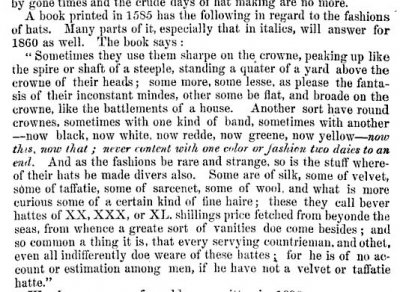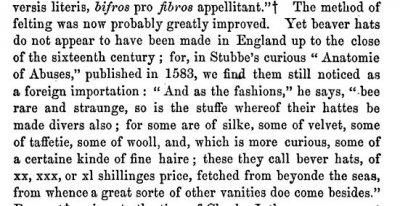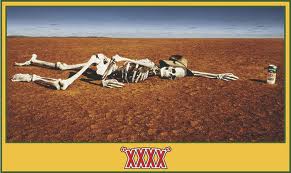There has already been lengthy discussions on the use of, and meanings of, X's pertaining to hat quality and pricing. But why was the X chosen as the designator in the first place? I ran across these references in two books from the 1850/1860 timeframe both quoting a publication from the 1580's.
Here are the quotations....
Reference from the book, "History of the Hatting Trade in Danbury, Conn 1860

Reference 2 from book, "Notes on the Prior Existence of the Castor Fiber in Scotland", MDCCCLVII 1857

When I read these yesterday, it seemed that this could be an origin of the use of the X. A little more research on shilling coins turned up the following:
Unite english coin had a value of twenty shillings and was marked with an "XX" (referred to as a "value mark")
Laurel english coin had a value of twenty shillings and a value mark of "XX"
Gold Rose Ryal had a value of thirty shillings and a value mark of "XXX"
I also found mention of 10 shillings using a single "X" value mark.
So, we have the quotation from the 1583 (or 1585) book that ties beaver hats with XX,XXX, etc. and shillings and the value marking of shillings using X's. Could this have been passed along to the late 1800's and somehow ended up as a 1X, XX designation on a Stetson sweatband?
B
Here are the quotations....
Reference from the book, "History of the Hatting Trade in Danbury, Conn 1860
Reference 2 from book, "Notes on the Prior Existence of the Castor Fiber in Scotland", MDCCCLVII 1857
When I read these yesterday, it seemed that this could be an origin of the use of the X. A little more research on shilling coins turned up the following:
Unite english coin had a value of twenty shillings and was marked with an "XX" (referred to as a "value mark")
Laurel english coin had a value of twenty shillings and a value mark of "XX"
Gold Rose Ryal had a value of thirty shillings and a value mark of "XXX"
I also found mention of 10 shillings using a single "X" value mark.
So, we have the quotation from the 1583 (or 1585) book that ties beaver hats with XX,XXX, etc. and shillings and the value marking of shillings using X's. Could this have been passed along to the late 1800's and somehow ended up as a 1X, XX designation on a Stetson sweatband?
B



